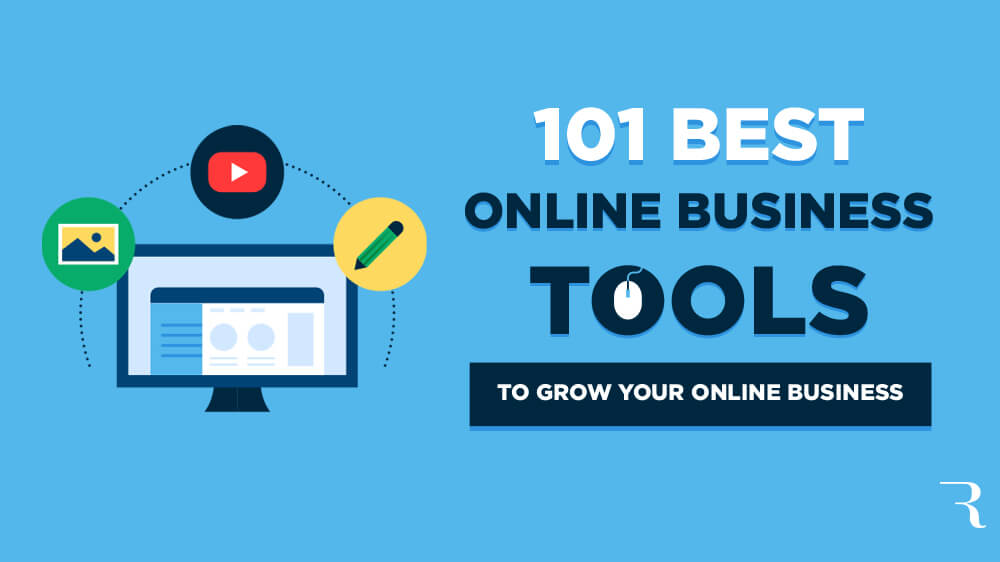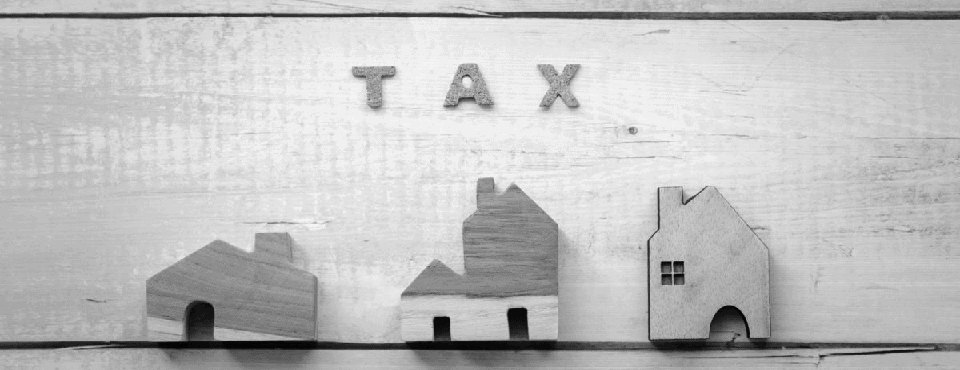36…37…38… Every second drags on, as the icy cold water washes over me. The frigid cascade takes my breath away during the slow count up to sixty seconds. But I endure it, even embrace it. And afterwards, my body sings and my senses are sharpened. I feel awakened and alive. All in the pursuit of well-being.
Having a brain is both a joy and a burden. Sometimes we’re best pals, and others, we’re at loggerheads. Things can be kinda turbulent up here.
And because of the ever-changing tides, I’m always on the lookout for ways to work with my mind and reach a state of calm, clarity, and contentment. Hence, I find myself shivering under the Arctic blast of the shower every morning, hoping to reap the benefits of cold water exposure—even in the pre-daylight depths of a British January.
.png)
Not everything I do in the name of health always sticks, though, even when I know it’s good for me. I’m in an on-and-off relationship with meditation. Daily yoga and I consciously uncoupled when I put my back out. Still, I do my best, and—inconsistency aside—I’ve noticed that the tapestry of “happiness habits” is woven with common threads. There are key themes within activities that restore mental balance.
It strikes me that the underlying traits of happiness habits tie back to YNAB. In a world riddled with financial stress, my joyful, intentional spending plan might be supporting my well-being in ways more powerful than I realize. Is yours?
1. I am more present.
With YNAB I am focused on the money I have right now. That simple fact grounds me in reality and gives weight to my decisions. By making my spending moves based on what I see in my categories, I know exactly where I stand. I can make choices in the moment, with clarity. Powerful stuff.
What’s ahead matters, too. How can I plan for the future whilst still being present? Using YNAB has saved me many hours of daydreaming about things that I don’t really want.
I either have the money for it, find the money for it, or create a category for it.
If you check the records of The Internet™, you’ll probably see that I’ve spent about 15,000 hours of my life browsing mindlessly for resorts in the Maldives, “weekend” cars (with a soft top), or the most expensive bit of kit for some new hobby that I like the idea of. Those are all nice. But they’re not at the top of my list. They’re not in YNAB. They’re not even Wish-Farm-worthy.
Now I waste much less of my mental energy looking in detail at those things, because I know they don’t matter enough for me to allocate any financial energy.
There’s room for dreaming—of course there is—but if I genuinely want something, I create a category in YNAB. That way, I spend way less time thinking about the fantasy stuff and more of my precious time putting my actual, meaningful spending into action. In a world of infinite choice and decision paralysis, I find that YNAB narrows my options, in the best way. Because only the stuff that truly lights me up earns a spot in my spending plan.

2. I have more patience.
A traffic jam, when you’re already late (thanks, Alanis). Three people ahead of you at the barbershop. How many minutes for Space Mountain?
Even if the end result is something pleasant, waiting can be uncomfortable. I’m important! My time matters! Idle time can feel like a personal affront from the universe. The tension that comes with that is real, and tricky to release. But you can get better at letting it go. Patience is a skill you can hone.
Personally, I move towards acceptance by reminding myself that “it takes as long as it takes.” The same thing applies to YNAB. You can hit every financial goal you set yourself, with time, intention, and patience. You can learn to be more patient by, well, being patient and seeing the rewards of your long-term effort.
Thanks to YNAB, I just cleared my final credit card balance transfer from my free-spending twenties. It’s been a long time coming, so it feels deeply satisfying to say we made it to that version of me, who thought he would never scramble out of the quicksand of credit card debt. What a relief.
(1).png)
And on the lighter side, I’ve been squirreling away money for my five year old nephew which has been building up since he was born. Since he’s a little older, we’ve started using that money to make memories, now that he’s old enough to appreciate it. I’m so glad I waited, and resisted the temptation to waste that money on plastic junk in his earlier years. The Fun Uncle Fund category will continue until he’s too cool to be seen with me, and is much more abundant thanks to those initial years of patience.
And the greatest thing? The sense of achievement is so real, and you did it. From the smaller— paying a bill in cash instead of putting it on a credit card—to the momentous, like finally reaching your downpayment goal for your first home. That steady progress is all yours.
3. My life is filled with gratitude.
We live in a world where FOMO and insecurity can wrap you in their sticky grasp, all too easily. Am I enough? Having a close eye on my finances—my path—really helps me to see and celebrate all the awesome things I have done, rather than where I’ve missed out.
YNAB is a library. Of me. A record of places I’ve been, experiences, and milestones. That library is packed with stories of someone who is lucky enough to cruise the Caribbean, enjoy my favorite Thai food with friends, and donate to worthy causes. Fear of missing what?
There’s even gratitude—perhaps more so—in the mundane. YNAB reminds me how lucky I am. That I can pay my rent each month, fill the fridge with food and keep my car on the road. That I’m free of credit card debt for the first time in my life, and I don’t need to go back there to stay afloat. That money worries don’t keep me awake.
Seeing all of that documented in YNAB is like looking at myself from above and saying, “Wow, that guy is living well.” No comparison to others here. It’s just me, spending on what matters to… me.
4. I give myself grace.
The older I get, the kinder I grow. Towards myself, and toward others.
During meditation, my attention frequently floats away into the sea of mental noise; I start thinking about all kindsa stuff: grocery lists, or what color Crocs would complement my eyes. And each time that happens, I notice it, before kindly, gently bringing myself back to the breath. It took me a long time to understand that the realization is the meditation. The growth comes from the awareness that you drifted. And the best route forward is to get back on track, without punishment.
I’ve found a similar approach to serve me well when it comes to my spending plan.
.png)
What if I drift from my intentions and impulse-buy something that wasn’t planned for? What happens if I overspend without finding the money first? Sure, it’s not ideal, but I forgive myself, follow Rule Three, and come back to the plan.
When life gets busy and I don’t keep up with my transactions for a while? Maybe I haven’t looked at YNAB for five days because I know I overspent but don’t want to deal with it? (Possibly a true story.) I don’t berate myself for messing up, or for dodging the truth for a few days.
There’s no space for bad vibes here. Guilt, shame and failure are all gluey, miserable feelings that drag you down. In my experience, that provides precisely zero motivation to move forward.
Instead, I recognize what happened, accept my human imperfections (of which there are plenty, I assure you) and get back on the saddle, with the intention of doing a little better next time. It’s like having a friendly inner cheerleader, instead of an aggressive coach.
Even as wellness trends come and go, here’s one thing I know that’s good for me that I’ll never give up on: YNAB.
There might be occasional blips along the way, but I would be adrift without my spending plan. It’s easy to stick with for the long term, because it makes me feel good. Once I stopped expense tracking and actually aligned my spending with my priorities—self care included—there was no going back.
Still, in a final nod to Alanis, life throws some irony into the mix. When I least want to channel these positive behaviors is when I need them the most. When I’m feeling scattered or anxious or playing adult-responsibility-avoidance, I return to those habits I’ve nurtured. I take a deep breath and repeat my new mantra: how can I show presence, or patience, gratitude, or grace? Sometimes, YNAB feels like a solid place to start. Come on, brain. Let’s do this thing—together.
Make joyful spending a habit with a flexible spending plan that’s all about you. Try YNAB free for 34 days!
YNAB IRL: Guilt-free abroad
Deanna is a one-time Pennsylvanian and current citizen of the world. Since June 2023, she’s been “traveling the world, enjoying life, and spending without guilt.”
.png)
Last year, “we sold everything we owned (for the 2nd time) and began traveling the world full-time. I have learned that I value experiences more than stuff. I am now living that.
Being generous is important to me. For the last several years I have been sponsoring the college education of a disadvantaged young lady in Mexico. In 2023, she graduated college with her nursing degree. I am now sponsoring a second nursing student. As a nurse who needed help with my education it feels good to be able to pay it forward.
With YNAB I am clearly able to plan for this yearly expense, as well as my expenses. I can balance my living, giving, and thriving.
My top financial dream? Continue to be where I want, when I want, with who I want.
Publisher: Source link











